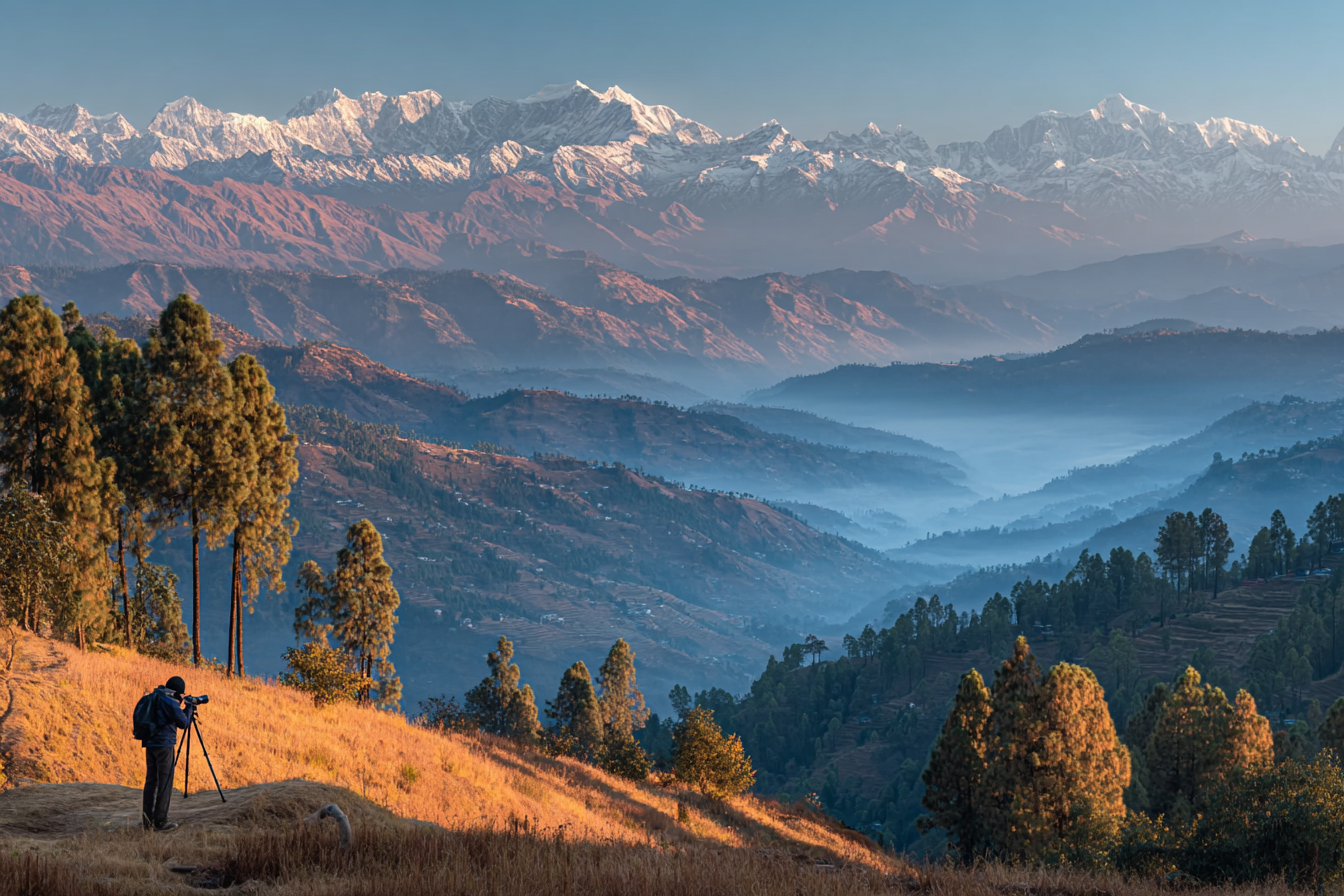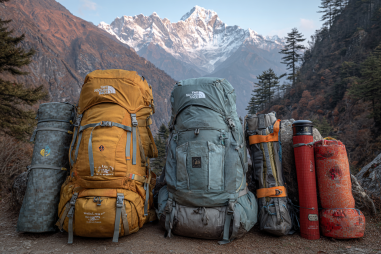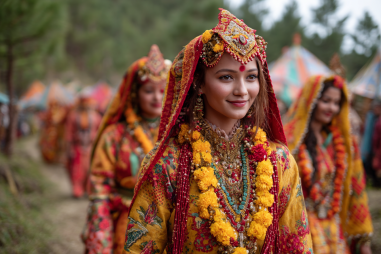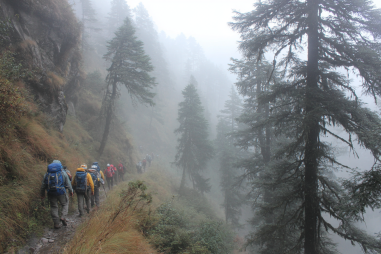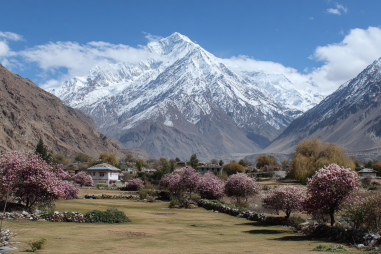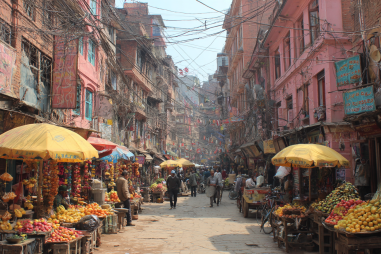Nagarkot, perched on the rim of the Kathmandu Valley, is a treasure trove for photographers eager to capture the majestic Himalayan panorama and the serene beauty of rural Nepal. This charming hill station offers not only stunning mountain views but also vibrant local life, lush forests, and atmospheric weather conditions, making it a versatile destination for visual storytelling. Whether you’re a seasoned professional or an enthusiastic amateur, Nagarkot photography spots deliver an expansive canvas of natural and cultural beauty to capture unforgettable images.
Why Nagarkot is Ideal for Photography
Nagarkot’s unique location provides an unobstructed vantage point to photograph the Himalayan range, including the eighth-highest peak in the world, Mount Manaslu, on a clear day. The elevation of about 2,175 meters adds a crispness to the air and clarity to the views that are simply unmatched. Besides mountains, the area boasts rolling hills, terraced fields, pine forests, and quaint villages—offering diverse subjects for landscape and cultural photography.
The tranquility of Nagarkot, coupled with relatively limited tourist crowds compared to other Himalayan spots, allows photographers to work peacefully. Its close proximity to Kathmandu means you can easily access this natural retreat without the hassle of remote travel, maximizing your shooting time in the golden hours of dawn and dusk.
Best Sunrise and Sunset Spots
Capturing the sunrise and sunset in Nagarkot is a magical experience. Photographers flock here to frame the sun painting the peaks with warm hues and to witness the valley waking up or settling into twilight.
Among the top spots:
- Nagarkot View Tower: This is arguably the most popular spot, offering a 360-degree view of the Himalayas. Arriving early will help you get the best spot before the light show begins.
- Changunarayan Hilltop: A lesser-known location with a quieter atmosphere. It offers stunning foreground elements like old temples and rhododendron forests for your sunrise compositions.
- Local homestays’ rooftops: Many lodges and homestays have terraces that open toward east or west, providing intimate settings to capture the glowing horizon with local life included in the frame.
Sunset is especially dramatic when the sky is scattered with clouds, so keep an eye on weather forecasts to plan your shooting days accordingly.
Scenic Locations for Landscape Shots
Beyond the classic viewpoints for mountain panoramas, Nagarkot has a wealth of landscape photography spots that showcase its natural charm:
- Terraced Fields: The patchwork of green and yellow fields carved into the hillsides provides beautiful patterns and contrasts, especially after the monsoon season.
- Pine Forest Trails: Wander along quiet forest trails that feature shafts of light filtering through tall pines—perfect for mood-and-texture shots.
- Local Villages: Small settlements with traditional houses, stone walls, and farmers working the land offer candid lifestyle images set against stunning backdrops.
- Changu Narayan Temple area: This ancient UNESCO site near Nagarkot adds historical and architectural elements to your portfolio, paired with sweeping views.
These locations are ideal for combining wide-angle landscape shots with close-ups of local flora, fauna, and human activity.
Tips for Shooting in Different Weather
Nagarkot’s weather can vary greatly across seasons and within a single day, so being prepared is key to capturing the best shots.
- Clear Days: Use a polarizing filter to enhance blue skies and minimize haze, bringing out the crisp outlines of distant mountains.
- Foggy/Misty Mornings: Embrace the atmospheric effect; these soft conditions add mystery and mood. Lower your contrast settings and shoot in RAW for post-processing flexibility.
- Rainy Season: Although challenging, rainy weather offers saturated colors and reflective surfaces. Waterproof your gear and look for unique details like raindrops on leaves or puddle reflections.
- Sunrise and Sunset: Arrive early and be patient to capture changing light and cloud formations. Bracketing exposures can help balance the bright sky and darker landscape.
Essential Photography Gear for Nagarkot
To make the most of Nagarkot’s visual opportunities, pack thoughtfully:
- Camera: A DSLR or mirrorless camera with manual controls is ideal. Even high-quality smartphones can deliver great shots with the right techniques.
- Lenses: A wide-angle lens (16-35mm or similar) for landscapes, a telephoto (70-200mm) to capture distant peaks and wildlife, and a prime lens for portraits and architectural details.
- Tripod: Essential for low-light conditions like sunrise, sunset, and fog. Also useful for panoramic stitching.
- Filters: Polarizers and graduated neutral density filters will help manage exposure and enhance color.
- Extra Batteries and Memory Cards: Cold weather can drain batteries faster, so bring spares.
- Protective Gear: Rain covers and lens cloths are important during monsoon or misty morning shoots.
Ethical Considerations While Photographing Locals
Nagarkot is home to diverse ethnic communities with rich traditions. When photographing people, always approach with respect and sensitivity:
- Ask Permission: Always request consent before taking a person’s photo. A smile and polite gesture go a long way.
- Respect Privacy: Avoid intrusive or exploitative shots, especially of vulnerable groups like children.
- Engage and Connect: Spend time interacting with locals to build trust; this often results in more natural and meaningful portraits.
- Support Local Communities: Consider compensating or buying local goods in exchange for photo opportunities, supporting livelihoods responsibly.
Being an ethical photographer helps preserve the dignity of the people and enriches your travel experience.
Seasonal Photography Opportunities
Each season in Nagarkot brings distinctive photographic possibilities:
- Spring (March to May): Rhododendrons bloom vibrant red and pink flowers across the hillsides, offering colorful foregrounds against snowy peaks.
- Summer (June to August): The monsoon brings lush greenery and dramatic clouds; after rains, vivid rainbows and reflections appear frequently.
- Autumn (September to November): This is the most popular season with crystal-clear skies, ideal for sharp mountain photos and vibrant sunsets.
- Winter (December to February): Crisp cold air reduces haze, and snowy vistas appear at higher elevations. Early mornings can get frosty, adding a winter texture.
Planning your trip around these seasons enhances your chances of capturing unique and varied images.
Post-Processing and Sharing Your Work
After your shoots, post-processing can elevate your images to their fullest potential. Use photo editing software to:
- Adjust exposure, contrast, and white balance for a balanced, natural look.
- Enhance colors subtly to reflect the true vibrancy without overdoing it.
- Remove minor distractions, like dust spots or power lines, while maintaining authenticity.
When sharing your photos online or in print, credit the location to inspire others and promote Nagarkot’s tourism responsibly. Including captions about the experience or people you met adds depth to your storytelling.
Elevate Your Travel Photos in Nagarkot
Nagarkot’s stunning Himalayan views, combined with its rich local culture and dynamic weather, offer incredible opportunities for photographers of all levels. By choosing the right spots for sunrise or sunset, exploring scenic landscapes and villages, preparing for varying weather conditions, and respecting ethical guidelines, you can create a diverse and compelling photographic collection. With thoughtful gear selection and seasonal planning, your images will reveal the true beauty and spirit of this Himalayan jewel. Remember, every shot is not just a picture but a story waiting to inspire others.

